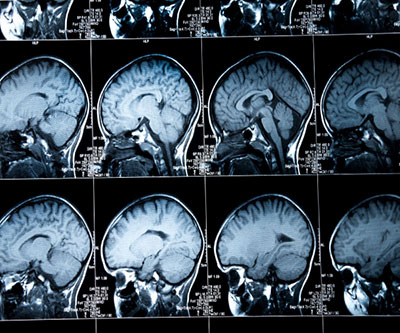
The prefrontal cortex is an important area of the brain that processes internal and external signals to produce goal-driven behaviors. These behaviors include deciding on a specific goal, figuring out how to achieve it, and then taking necessary actions. Behaviors that depend on the prefrontal cortex are disrupted in psychiatric and developmental disorders, including schizophrenia, bipolar disorder, and autism spectrum disorders.
Researchers know that a type of neuron in the prefrontal cortex, called GABAergic parvalbumin-expressing (PV+) interneurons, are important for coordinating neuronal activity. One area of debate centers on whether adult PV+ interneurons contain functional N-methyl-D-aspartate receptors (NMDARs). Resolving this question is important because NMDARs have a strong impact on neuronal function and are targeted by a variety of drugs, including the rapidly acting antidepressant, ketamine.
A recent mouse study from the Buonanno Lab at NICHD confirmed that nearly all adult PV+ interneurons express functional NMDARs. Importantly, the lab also identified a previously unrecognized role for PV+ interneuron NMDARs in healthy prefrontal cortex function. The lab conducted a series of experiments and applied techniques that had not been used previously to address these questions. The findings help resolve a major controversy in the neuroscience field and form a basis for future research. Most notably, the work offers a molecular and circuit-based explanation for why cognitive impairments emerge under conditions of reduced NMDAR function in PV+ interneurons. It also provides a foundation to test whether pharmacological interventions that target NMDARs are useful for improving the function of PV+ interneurons in psychiatric disorders.
Learn more about the Cell and Structural Biology Group: https://www.nichd.nih.gov/about/org/dir/affinity-groups/CSB.
 BACK TO TOP
BACK TO TOP